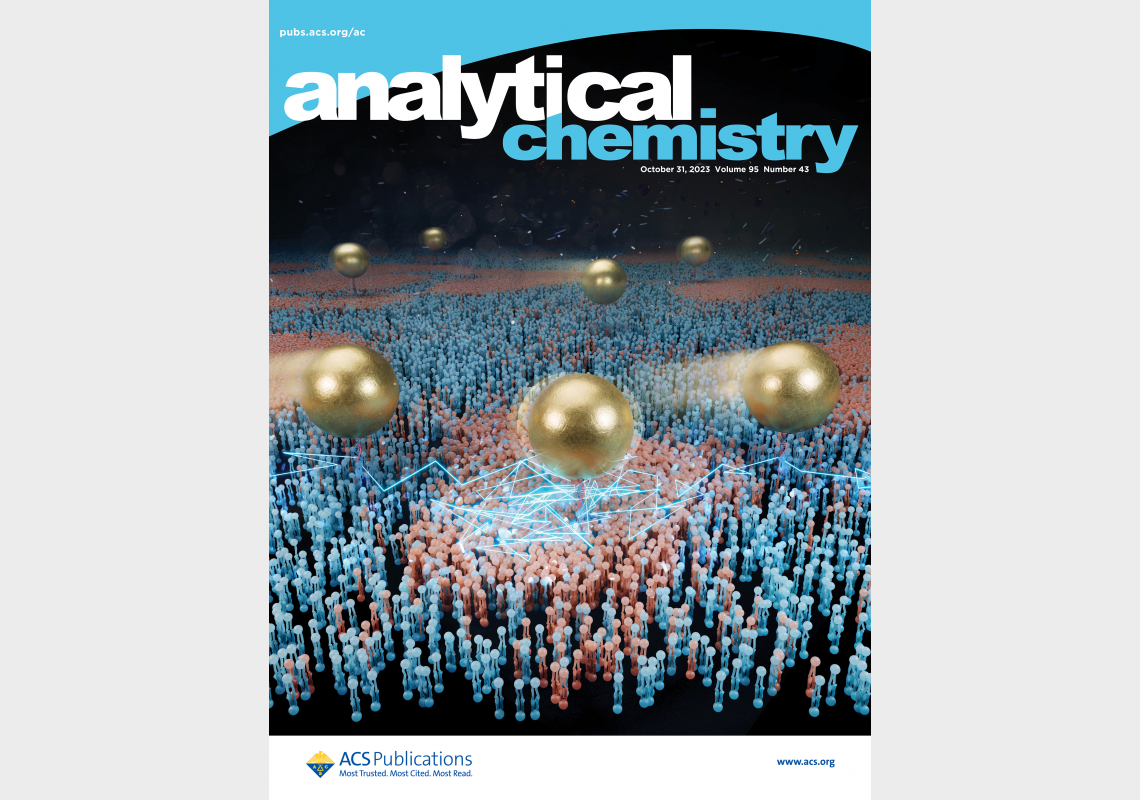□ A research team led by Professor Dae-ha Seo at the Department of Physics and Chemistry, Daegu Gyeongbuk Institute of Science and Technology (DGIST; President Young Kuk), has successfully developed a new technology for optical microscopy analysis — known as lipid-MAP — whichcan observe the microscopic phase separation[1] in the cell membrane. This new technology, which combines traditional microscopy with nanochemistry and machine learning, is expected to offer an important experimental strategy for exploring how cell signaling is regulated at the single molecule level.
□ Cells, surrounded by the cell membrane, are the basic building blocks of all living organisms. A nanoscale, microscopic, and island-like lipid structure exists in the cell membrane. The structure plays a critical role in the interaction between biomolecules, chemical reactions, and signaling. However, it is difficult to directly observe the structure with existing observation methods due to their very small size and short duration.
□ Using gold nanoprobes and machine learning technology, a research team led by Professor Dae-ha Seo succeeded in quantitatively identifying structural properties at the nano level. Through the phenomenon of surface plasmon[2] resonance, gold nanoparticles have the property of brightly scattering light. Using this property, the research team implemented a system that allows one to directly observe the movement of single molecules by binding gold nanoparticles to lipid molecules. By introducing an analysis technique based on machine learning algorithms, the research team detected changes in the movement of lipid molecules over a short period of time (0.01 to 0.1 seconds) and, thereby, successfully identified the micro-phase separation structure of the cell membrane.
□ The micro-lipid island structure, also known as the lipid raft, is known to mainly consist of cholesterol and saturated lipids, which are gathered locally. The research team confirmed that the size and properties of the structure are determined by the molecular composition of the cell membrane, and revealed that it can change due to changes in the cholesterol content in the cell membrane or due to other various environmental factors.
□ Professor Dae-ha Seo at the Department of Physics and Chemistry, DGIST stated that "this is the first technology to image lipid rafts in real time over a wide range, and its spatial and temporal resolution[3] is outstanding. I hope that the research results will serve as a basis to fundamentally understand cell function and disease mechanism, and will develop into precision diagnostic technology for diseases."
□ This research was conducted in collaboration with a research team (super-resolution imaging research) led by Professor Jong-chan Lee at the Department of New Biology, DGIST, and funded by the Ministry of Science and ICT and the National Research Foundation of Korea's Mid-Career Researcher Support Project and Biomedical Technology Development Project and DGIST’s D-GRIP Project. The research results were published in Analytical Chemistry, one of the top international journals in the field of analytical chemistry, as Supplementary Cover in October 2023.
- corresponding author e-mail address : [email protected]
[1] Phase separation: It refers to a phenomenon where a material system mixed with two or more components splits into two phases due to changes in variables, such as temperature, pressure, and composition.
[2] Plasmon: It refers to the quantum of electron or positron density oscillations (i.e., plasma oscillations).
[3] Resolution: It refers to the minimum distance by which two objects can be distinguished, and shows the performance of an optical microscope.



